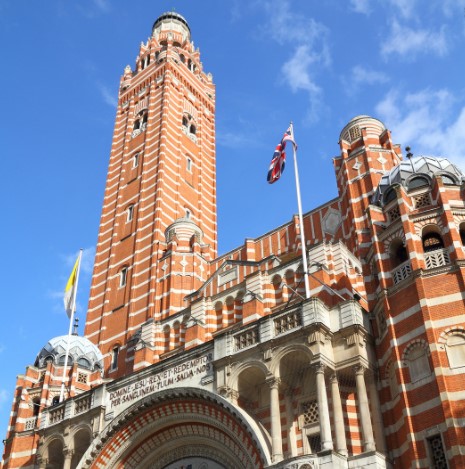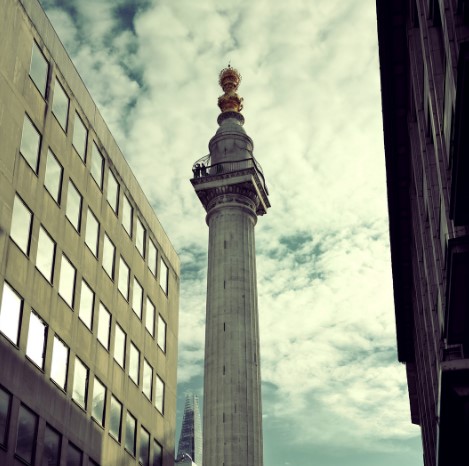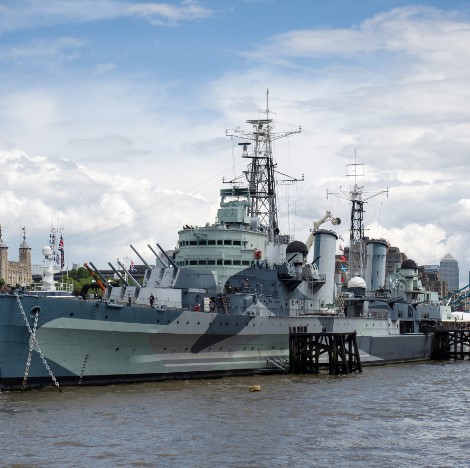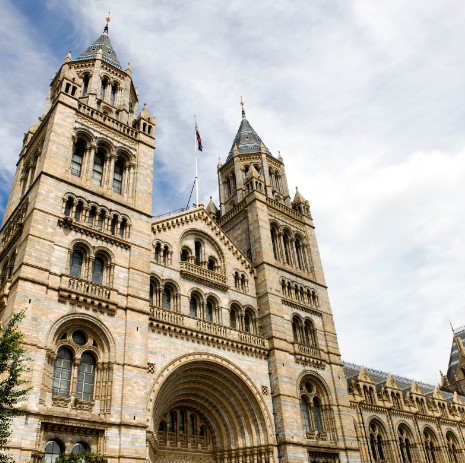
The Globe Theatre was originally the company theatre owned by the famous English playwright, poet and actor William Shakespeare. Officially opened in 1599, it had a capacity of over 3,000 people. Shakespeare performed many of his famous plays here and it became one of the most successful theatres in London.
After 14 years of operation, in 1613, as a result of a failure of one of the prop cannons during a performance of Henry VIII, a spark set fire to the wooden and thatched roof of the theatre, leaving it reduced to rubble. The theatre was rebuilt a year later. Bad luck once again befell this historic theatre. The Puritans, who did not believe in entertainment, closed it down in 1642 and demolished it two years later to build houses.
In 1989, excavation work unearthed the remains of this historic performance centre and years later, the renowned American actor and director Sam Wanamaker decided to fund and promote a recreation of the old theatre.
The current theatre
The current theatre is located on Bankside, just under 200 metres from the old one. It is built to Elizabethan plans. It retains the original structure, with a large circular open-air courtyard with three rows of seats around the ground floor and boxes on the two upper floors. It is the only building in London with thatched roofs since they were banned after the Great Fire of 1666.
Shakespeare's Globe Theatre is only open during the summer months for performances, from late April to October.
Guided tours are available all year round, but the only drawback is that the guides only speak English, which can be a bit boring for those who are not very familiar with the language. If you're an acting enthusiast, don't miss a performance of a play in this historic theatre that will take you back to Shakespeare's time.
Location: 21 New Globe Walk, London SE1 9DT, Reino Unido - +44 20 7902 1400
Underground: Stops at Mansion House and London Bridge stations.
También te puede interesar leer:
- Information about London. Demographics of London
- London airports
- Districts of London. Information about London
- Westminster Cathedral, London
- Millennium Bridge, London
- London markets
- City Hall, London. Information about London
- London markets
- Covent Garden, London
- Buckingham Palace, London. Information about London
- National Gallery, London
- Trafalgar Square, London
- Westminster Abbey, London
- Piccadilly Circus, London. Information about London
- Hyde Park, London.
- Soho, London.
- Chinatown, London. Information about London
- Palace of Westminster
- London Eye
- St Paul's Cathedral
- Tower of London
- Tower Bridge
- Big Ben.
- Health Care in the UK -¿Cómo es la asistencia sanitaria en Reino Unido?
- How can I obtain a NIN (National Insurance Number)?
- What documentation should I bring with me to the UK?
- Brexit FAQ - Frequently asked questions Brexit
- History of the flag of the United Kingdom
- Where to do language exchange in London
- How should I write the CV? - Practical advice on the CV
- The job interview - How to Prepare For an Interview





